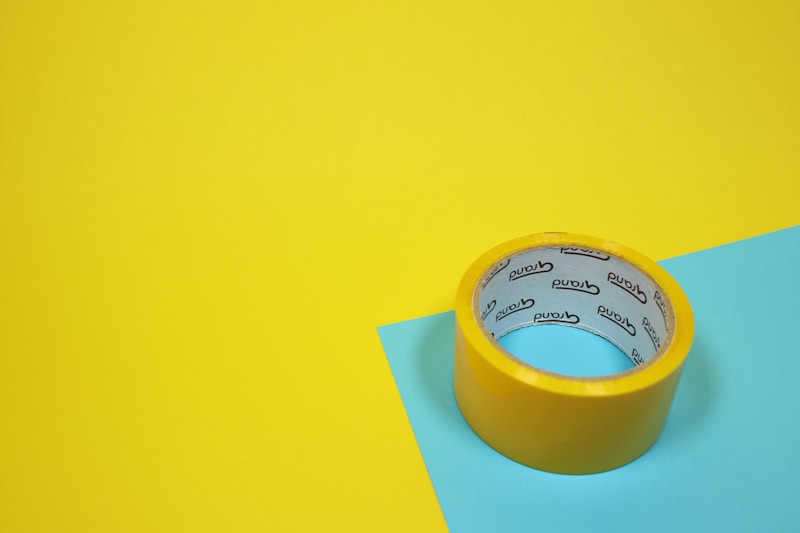Deciphering Bridal Size Labels: A Comprehensive Guide for the Perfect Fit
Finding the perfect bridal gown is a magical experience, but navigating the perplexing world of bridal size labels can be daunting. Many brides-to-be often face confusion when trying to understand the sizing assigned to various dresses, especially when labels differ between designers and regions. This article aims to provide an in-depth understanding of bridal size labels and help you confidently choose your dream dress.
Understanding Bridal Sizing: A Closer Look
The first step in deciphering bridal size labels is to understand that they vary significantly from standard clothing sizes. Unlike typical clothing that follows a consistent size chart (XS, S, M, L), bridal sizes often reflect a size that is one to two sizes larger than street sizes. For instance, if you usually wear a size 8 in streetwear, you might find yourself trying on a size 10 or 12 in bridal gowns. This discrepancy can lead to confusion, especially for first-time brides.
Bridal Size Charts: What You Need to Know
Every designer may have its unique size chart, complicating the process further. Below is a typical bridal size chart to give you a general idea, but remember to check specific measurements before making a decision:
| Bridal Size | US Size | UK Size | EU Size | Bust (inches) | Waist (inches) | Hip (inches) |
| 2 | 0 | 4 | 34 | 32-33 | 23-24 | 34-35 |
| 4 | 2 | 6 | 36 | 33-34 | 24-25 | 35-36 |
| 6 | 4 | 8 | 38 | 34-35 | 25-26 | 36-37 |
| 8 | 6 | 10 | 40 | 35-36 | 26-27 | 37-38 |
| 10 | 8 | 12 | 42 | 36-37 | 27-28 | 38-39 |
| 12 | 10 | 14 | 44 | 37-38 | 28-29 | 39-40 |
Why Is There a Difference in Sizes?
Understanding the reasons behind the differences in sizes can make it easier to navigate bridal shopping. Several factors contribute to the diverse sizing conventions:
- Designer Variability: Each designer has their unique interpretation of size, leading to variations even if the numerical size is the same.
- Country and Region: Different regions have distinct size standards. For example, UK sizes differ from US sizes, and European sizes use a completely different metric system.
- Style of the Dress: The style impacting fit – A-line, ball gown, or sheath – can affect how the dress sits on the body, making some styles feel tighter or looser.
Measuring Yourself for Bridal Gowns
To avoid the confusion brought on by size labels, it’s crucial to take accurate measurements of your body:

Here is a simple guide to measure yourself correctly:
- Bust: Measure around the fullest part of your bust, keeping the measuring tape comfortably snug.
- Waist: Measure around the narrowest part of your waist, typically just above the belly button.
- Hip: Measure around the widest part of your hips while standing with your feet together.
Once you have your measurements, compare them with the designer’s size chart to find the best fit. Remember, alterations can help customize the gown to fit your body perfectly.
The Importance of Trying On Dresses
Shopping for a bridal gown is not just about the label on the dress; it’s about finding the perfect fit. Here’s why trying on is critical:
- Experience the Fit: Bridals gowns may feel different than streetwear due to the weight and structure of the fabric.
- Adjustments: Many gowns can be altered, so it’s okay if the size isn’t perfect. A skilled tailor can make all the necessary adjustments for a flawless fit.
- Comfort: Bridal wear often has layers and different cuts, so trying on helps you gauge comfort levels, especially when moving, sitting, or dancing.
Bridal Size Labels: Common Questions
Brides-to-be often have several questions when it comes to bridal sizes. Here are a few common inquiries:
- Should I size up or down? Always refer to the designer’s size chart based on your accurate measurements. It’s typically recommended to go up a size as bridal sizing is often smaller than street sizing.
- What if I am in between sizes? If your measurements fall between two sizes, consider the gown style you’re interested in. A fitted gown may require you to go up a size, whereas a flared or a-line style may allow you flexibility.
- How many fittings do I need? Most brides will need at least two fittings to ensure the dress looks and feels great on their special day.
Bridal Shops: Know Your Options
When choosing a bridal shop, it's important to explore different options. Here are some considerations:
- Local Boutiques vs. Major Retailers: Local boutiques often offer personalized service, while larger retailers may provide a wider selection.
- Online vs. In-Person Shopping: Online shopping allows for flexibility and convenience, but in-person visits grant you the ability to try before you buy.
- Reviews and Recommendations: Check reviews or seek recommendations from friends and family to ensure you select a reputable shop.
Conclusion: Finding Your Perfect Fit
Deciphering bridal size labels can be overwhelming, but by understanding the nuances of sizing, measuring accurately, and trying on dresses, you will effectively navigate through the bridal gown selection process. Remember that each designer may label their sizes differently, and the most important factor is how the dress fits your unique body. Be prepared to embrace the journey of discovering your dream gown with confidence, knowing that the perfect fit is essential for you to feel beautiful on your special day.
Take your time during this process, trust your measurements, and don’t hesitate to ask for help from bridal consultants. Happy dress shopping!